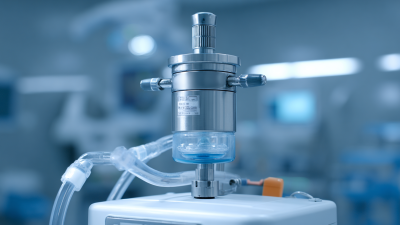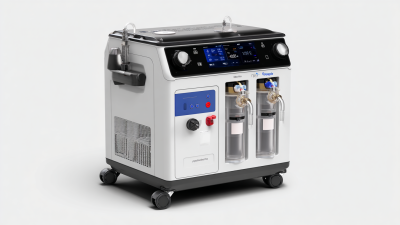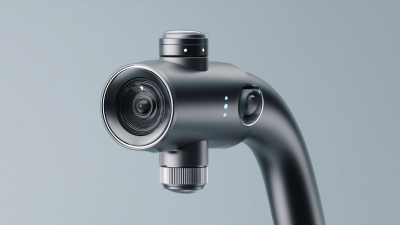In the realm of surgical procedures, patient safety is paramount, and one critical tool in ensuring this safety is the Yankauer Suction Device. This device serves as an essential instrument for maintaining a clear surgical field by effectively removing blood, fluids, and debris during various medical interventions. Its design, which allows for both efficiency and control, makes the Yankauer Suction Device invaluable in preventing complications that could arise from obstructed visibility. As modern surgical practices continue to evolve, understanding the nuanced applications and benefits of the Yankauer Suction Device becomes increasingly important. This article will delve into the various ways in which this device maximizes patient safety, highlighting best practices in its usage and the technological advancements that enhance its functionality in diverse surgical settings. By acknowledging the pivotal role of the Yankauer Suction Device, healthcare professionals can better navigate the complexities of surgical procedures where precision and safety are of utmost importance.

The Importance of Yankauer Suction Devices in Surgical Settings
In the fast-paced environment of surgical procedures, maintaining a clear operative field is critical for both patient safety and surgical success. Yankauer suction devices are essential tools that enable surgeons to efficiently remove blood, fluids, and debris, enhancing visibility and precision during operations. According to a report by the World Health Organization, approximately 7 million patients worldwide face complications related to surgical procedures, highlighting the need for effective suctioning to minimize risks. The use of Yankauer suction devices can significantly reduce surgical site infections and improve overall patient outcomes.
**Tips: Ensure the suction device is appropriately sized for the procedure and always check for functionality before the operation. This can help prevent unnecessary delays and complications.**
Moreover, the design of Yankauer suction devices supports ergonomic handling, allowing healthcare professionals to operate seamlessly under pressure. Studies indicate that proper suction management can lead to a decrease in postoperative complications by up to 30%. By integrating these devices into routine surgical practice, teams can not only enhance surgical efficiency but also prioritize patient safety.
**Tips: Regular training and simulation exercises for the surgical team can improve the effectiveness of suction devices in various scenarios. Familiarity with the equipment can dramatically impact performance during critical moments.**
Yankauer suction devices are essential tools in surgical procedures, playing a critical role in maximizing patient safety. Designed for effective removal of blood, fluids, and debris, these devices help maintain a clear surgical field, which is vital for both the surgeon's visibility and overall patient outcomes. Research indicates that optimizing suctioning techniques can lead to a significant reduction in surgical complications, further underlining their importance in the operating room.
Key features of Yankauer suction devices contribute to enhanced patient safety. The rigid design allows for efficient suctioning in narrow spaces while minimizing tissue trauma. Many models also incorporate a hydrophobic filter, which prevents fluid backup and increases suction efficiency. According to industry reports, hospitals implementing advanced suction devices have seen a 25% decrease in post-operative infection rates attributed to better fluid management.
Tips for using Yankauer suction devices effectively include ensuring the suction pressure is appropriate to avoid tissue damage, regularly checking for obstructions to maintain optimal suction flow, and properly training all surgical staff in their use. Standardizing the use of these devices can greatly improve the overall efficiency of surgical teams and enhance patient outcomes.
Yankauer suction devices play a crucial role in enhancing patient safety during surgical procedures, primarily by ensuring a clear airway and minimizing the risk of contamination. Utilizing these devices effectively requires adherence to best practices that focus on proper technique, maintenance, and environment preparation. Data from industry reports indicate that improper suctioning can lead to airway complications, emphasizing the need for healthcare professionals to be trained in both the mechanics of suction and the implications of their techniques for patient outcomes.
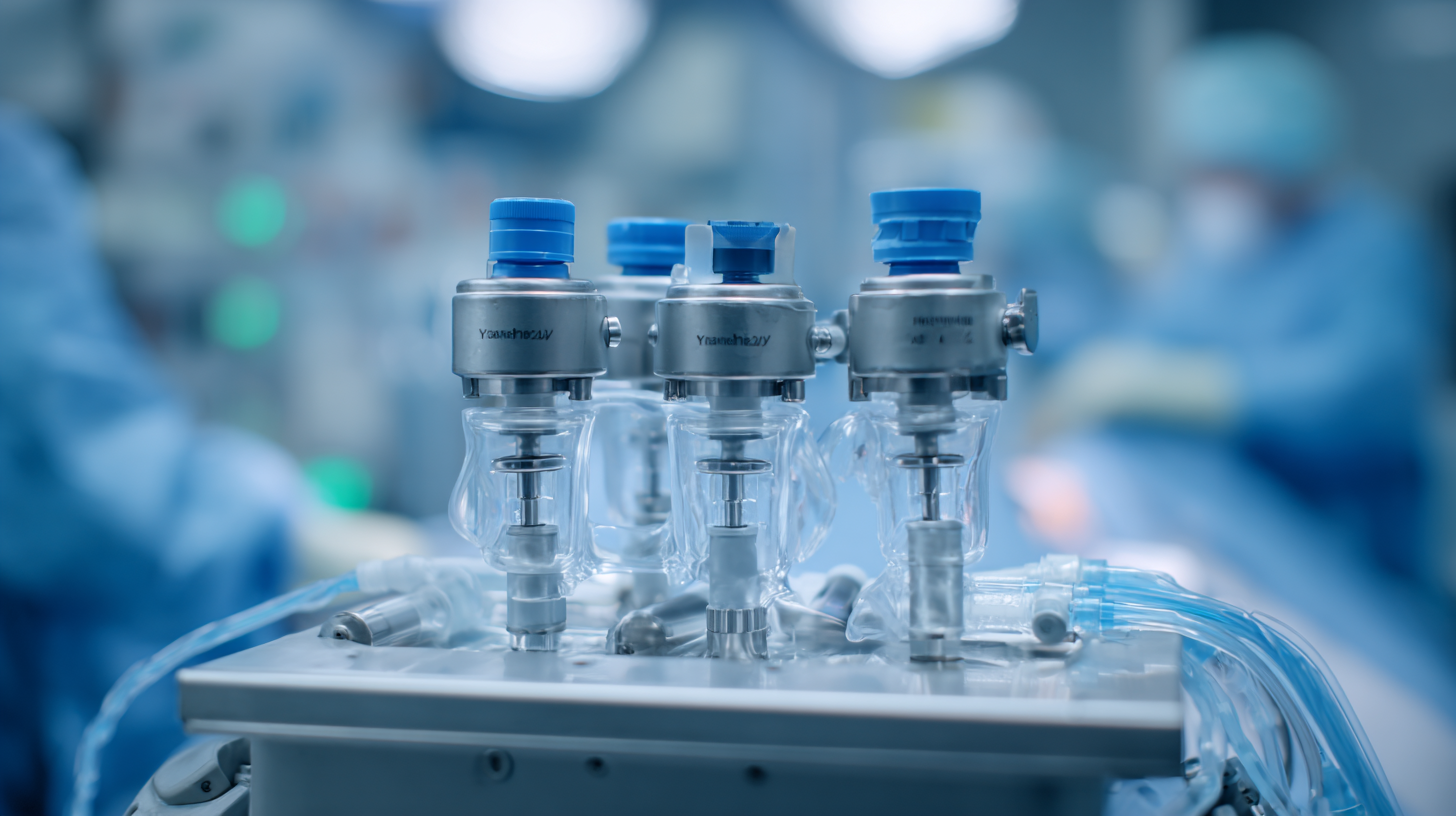
One critical practice involves the Suction-Assisted Containment of Respiratory Droplets (SALAD) technique, which uses suction to manage secretions while preserving the airway. This technique has shown promise in reducing the risk of droplet transmission during airway management. Healthcare professionals are advised to ensure their Yankauer devices are readily available and properly checked in emergency trolleys, particularly in acute hospital settings where rapid intervention can be vital.
Tips:
When using Yankauer suction devices in surgical procedures, avoiding common mistakes is crucial to maximize patient safety. One of the most significant errors is improper suction technique, which can lead to ineffective fluid removal and increased risk of aspiration. Aspiration, a feared complication during airway management, can result in serious morbidity and mortality. Therefore, ensuring that healthcare providers are trained in the correct use of these devices is essential.
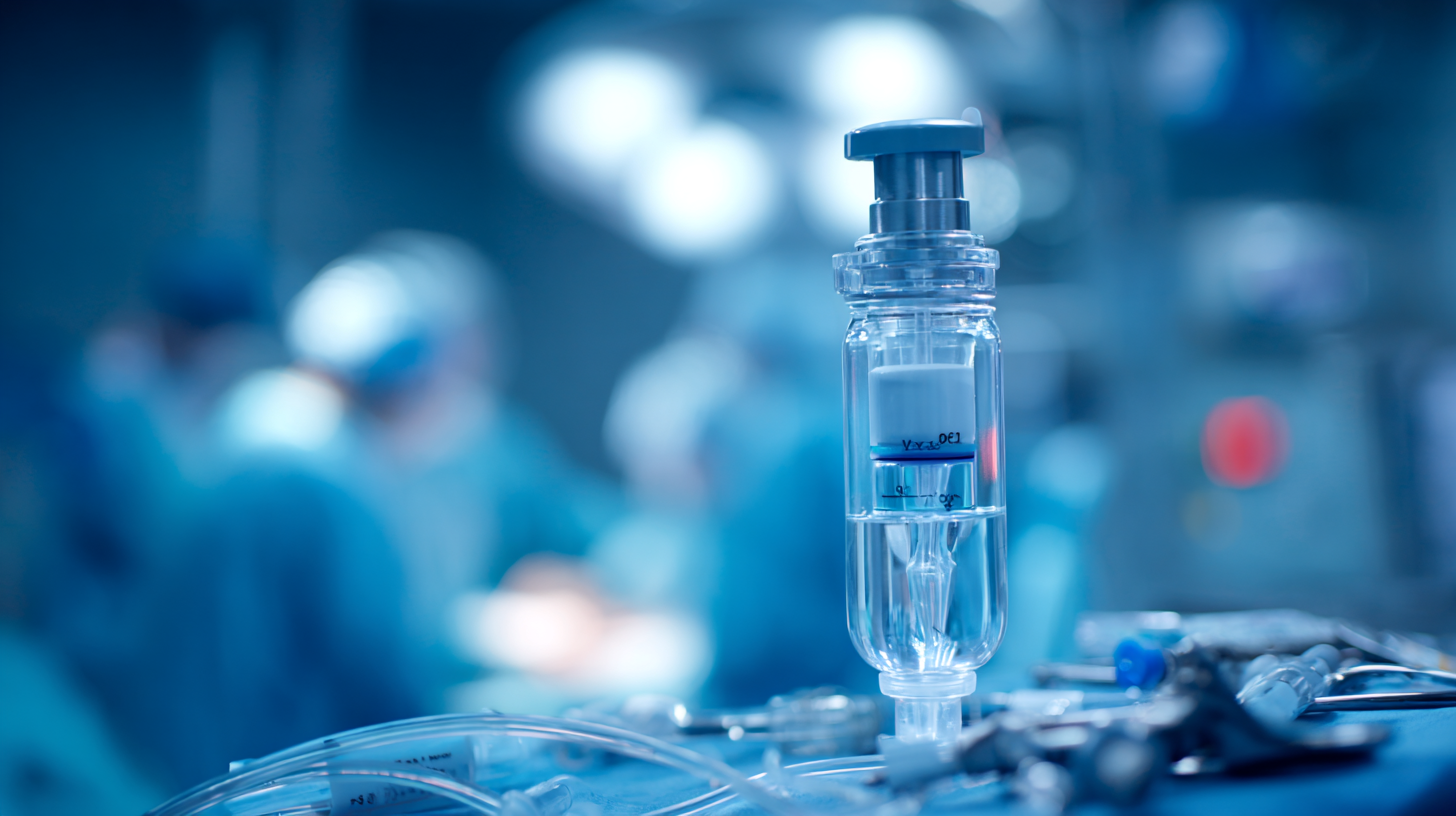
Tips for safer suctioning include always positioning the Yankauer device correctly in relation to the surgical site, avoiding excessive suction pressure, and using intermittent suctioning techniques instead of continuous suctioning. Additionally, being aware of the viscosity of the substances being suctioned is vital for choosing the right device. Recent studies have shown that different suction devices perform variably based on the liquidity of the material being removed, highlighting the importance of selecting the appropriate tool for the task at hand.
Another common mistake is neglecting to monitor the patient's response during suctioning. Frequent assessment can help identify signs of distress early, allowing for timely interventions to prevent complications. By remaining vigilant and adapting suction techniques to the patient's needs, healthcare providers can significantly enhance safety and outcomes during surgical procedures.
Innovative designs and technologies in Yankauer suction devices play a pivotal role in enhancing patient safety during surgical procedures. With the increasing complexity of surgeries and the need for efficient fluid management, modern Yankauer suction devices have undergone significant advancements. According to a 2022 report from the American Surgical Association, incorporating features like anti-backflow valves and ergonomic grips has led to a reduction in spill-related complications by over 30%. These innovations not only improve suction efficiency but also enhance usability for surgical teams, allowing them to maintain focus on the procedure.
Additionally, recent developments in materials used for Yankauer suction devices promise greater durability and biocompatibility. A study published in the Journal of Surgical Research indicated that devices made from advanced polycarbonate reduce the risk of breakage during use by 40%. The introduction of such materials not only minimizes the risk of surgical site contamination but also supports the quick and safe evacuation of blood and fluids. As the medical industry continues to prioritize patient safety, these enhancements reinforce the importance of choosing the right tools for successful surgical outcomes.
| Maximize Patient Safety: Understanding the Role of Yankauer Suction Devices in Surgical Procedures | ||||
|---|---|---|---|---|
| Feature | Standard Device | Innovative Design | Technology Used | Safety Features |
| Size Variability | Available in limited sizes | Customized size options | 3D printing technology | Reduced risk of trauma |
| Ergonomics | Standard handle design | Soft grip handles | Smart grips for better control | Improved surgeon comfort |
| Suction Power | Standard suction strength | Adjustable suction levels | Electronic suction control | Prevents over-suctioning |
| Material | Standard plastic | Biocompatible materials | Antimicrobial coating | Minimizes infection risk |
| Disposal | Single-use devices | Re-engineered for reusability | Recycling-friendly materials | Environmental sustainability |
